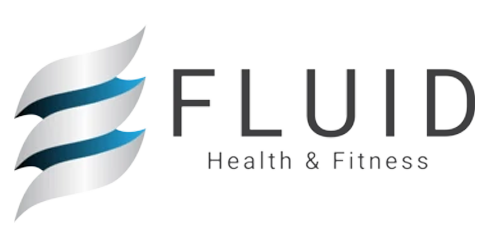
May 26 , 2021
0 Comments
Sleep & Recovery | Circadian Rhythm
Humans, like most living organisms, follow a specific time frame where we often feel the most energetic and get the best sleep. Because our species is diurnal, generally speaking, we prefer to be awake during the day (when there is light) and asleep during the night (when there is darkness). For the average person, we tend to have peak energy between 8 AM to 10AM and our lowest dips between 2AM to 4 AM and 1 PM to 3 PM. This internal 24-hour physiological cycle which regulates the sleep/wake function is called the circadian rhythm.
The Physiology of the Circadian Rhythm
The story begins in a small region of the forebrain, located below the thalamus, called the hypothalamus. It is responsible for helping the body to regulate daily physiological processes (such as the circadian rhythm), sleep, sexual behaviors, emotional responsivity, body temperature, heart rate, appetite, and hormone levels (due to its close interaction with the pineal gland).
Located within the hypothalamus is the body’s internal master clock called the suprachiasmatic nucleus. It is vital for regulating the circadian rhythm through a combination of internal cues and the processing and interpreting of environmental cues, such as the level of light and darkness.
When light is present, it is sent as photons (light particles) to the retina of the eye by photoreceptors. This signals to the pineal gland to stop the production of hormone, melatonin (which is responsible for making us feel calm, relaxed, and sleepy during the nighttime – absence of light). This means that the presence of light makes the brain feel alert and awake. On the other hand, the absence of light cues the production of melatonin, which inhibits voluntary movements, slows our breathing and heart rate down while ramping up and stabilizing our metabolism.
Issues That May Affect the Circadian Rhythm
Neurological Conditions
Advanced Sleep Phase Disorder – this disorder typically affects the elderly. It is an when individual chronically goes to bed two or more hours earlier than what is considered socially conventional (such as between 6 PM to 8 PM) and arise early too (such as 2 AM to 4 AM).
Delayed Sleep Phase Disorder – It is when an individual chronically goes to bed two or more hours later than what is considered socially conventional (such as the early morning hours) and waking up later as well (such as 10 AM to noon).
Irregular Sleep-Wake Disorder – it is when an individual does not have a defined sleep/wake schedule within a 24-hour cycle. This condition is quite rare.
Non-24 Sleep-Wake Disorder – this condition most often affects the blind, because it is caused by a lack the synchronicity between the body’s internal clock and the light and dark cycle.
Other Issues
Shift Work Sleep Disorder – this condition affects those individuals who constantly work irregular work hours, rotating shifts, early morning shifts, and night shifts. This lack of consistency regular sleep schedule interferes with the circadian rhythm.
Jet lag – this refers to the exhaustion and disorientation we feel when we travel to a location with a different time zone and it takes our bodies a while to adjust to the time difference. This can create longer-term issues if the jetlag is chronic.
The Connection between Circadian Rhythm and Metabolism
Chronic disruptions in the circadian rhythm can lead to metabolic diseases and other conditions, such as diabetes and heart disease. This is because when we don’t allow our bodies to get the right amount of quality sleep, the body and mind become stressed and the metabolism becomes inefficient in using energy. The resulting combination of stress (physiological and emotional) and inefficiencies in trying to regulate bodily processes create additional stress. As previously mentioned, excess stress often leads to emotional eating of sugary and fatty foods, influenced by the stress response. This leads to further havoc on the metabolism.
What Are Some Tools to Help with Regulating the Circadian Rhythm?
Maintain a regular schedule – Consistently going to bed and waking up around the same time each day will increase the quality of sleep. When we veer too much off this schedule, we often pay for it in the coming days.
Get active in the morning – to make the best use of our peak energy, it is important to get our bodies moving in the morning. This will help prevent lethargy throughout the day.
Limit exposure to electronics and bright lights two hours before you go to bed – Because sleep is dependent on the external cues of the light/dark cycle, bright lights in our surroundings and from our electronics may inhibit melatonin production and make it more difficult for us to fall asleep and get quality rest
Limit large meals and sugar before bed – having large meals and sugar right before going to bed can cause digestive discomfort and energy which may prevent the body from relaxing and going to sleep easily.



